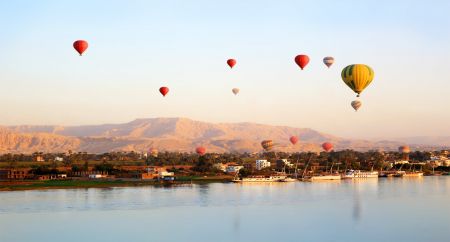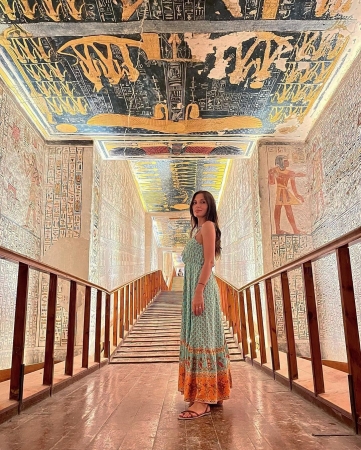While it is not among the most well traveled sites on the West Bank, Medinat Habu is considered by many visitors to be among the most impressive sights they see in Luxor. This temple complex is impressively preserved, especially in comparison to the Ramesseum, on which its plan is based.
While the Ramesseum was built by a more famous pharaoh (Ramesses II), Medinat Habu, commissioned by Ramesses III, is a much more impressive sight with its pylon and many of its walls still intact and much more of the original painting visible on its carved surfaces.
Ramesses III (reign 1184—1153 BC) was the last of the great pharaohs of Egypt. After his reign, Egypt began a long decline that led to it being ruled by foreign powers for the majority of its history after the New Kingdom. After the empire stretched to its furthest extremes under Ramesses II, the pressure of invasion threats from multiple frontiers eventually proved too much.
Ramesses III is the last pharaoh to whom there are great building project attributed and this temples complex was the biggest of them.
During his reign, Medinat Habu functioned as a walled city with the temple and an administrative center inside of walls that protected the inhabitants of the area during hard times. Later on, the complex became a walled town for Coptic Christians living in the area.
The first impression of the temple is immediately imposing as you enter through a massive stone gate that seems out of place in Egypt. It is a Ptolomaic addition to the complexc that hides the main feature of the complex behind it—the Temples of Ramesses III with its towering pylon with relief carvings still very well preserved, depicting the king defeating Egypt’s rivals from Libya and the Sea Peoples.
The temples continues from there into several courtyards with well-preserved reliefs and columns, many with their coloring still intact, and leading into a final hypostyle hall.
Customize Your Dream Vacation!
Get in touch with our local experts for an unforgettable journey.
Plan Your TripEgypt Pyramids
- Dahshur Pyramids | Egypt Pyramids
- How Were the Pyramids Built?
- The Bent Pyramid at Dahshur
- Khafre Pyramid (Pyramid of Chefren)
- Pyramid of Khufu (Cheops Pyramid)
- Pyramid of Menkaure (Mykerinus Pyramid)
- Djoser Step Pyramid at Saqqara
- Giza Necropolis
- The City of Memphis, Egypt
- Saqqara Step Pyramid Egypt
- The Red Pyramid at Dahshur
ِAncient Egyptian History
- The Middle Kingdom of Ancient Egypt
- Alexander the Great | Egypt History
- Queen Hatshepsut
- King Tutankhamun Facts
- Salah Al-Din Al-Ayyubi
- King Ramses II: Facts, Accomplishments, Life and Death
- Sultan Mohammad Ali
- Amr Ibn Al-Aas
- The Old Kingdom of Ancient Egypt
- The New Kingdom of Ancient Egypt
- Greco-Roman Period
- Islamic Egypt
- Mamluk in Egypt & Ottomans History
- Egypt in the Modern Era
- Behind the Throne: Exploring the Life and Reign of Queen Cleopatra of Egypt
Cairo Attractions
- Al Aqmar Mosque in El Muizz Street
- Sultan Al Mansur Qalawun Mosque
- Al Azhar Mosque
- Mosque of Amr ibn al-As: Egypt’s Oldest Mosque and a Living Chronicle of Faith
- Bab Zuweila
- Museum of Islamic Art
- Mosque and Madrasa of Sultan Hassan
- Ahmed Ibn Tulun Mosque
- Bayt Al Suhaymi in Cairo
- Cairo Opera House
- The Coptic Museum in Cairo
- The Egyptian Museum in Cairo
- El Ghorya | Attractions in Cairo Egypt
- Ben Ezra Synagogue Cairo
- Khan El Khalili Bazaar
- Old Cairo and Coptic Cairo
- Salah El Din Citadel in Cairo | Egypt
- The Hanging Church | Coptic Cairo
- Al-Muizz Al-Deen Allah Street
- Downtown Cairo
- Zamalek / Gezira
- Islamic Cairo
- Souk Al Khayamiya | Tentmakers Bazaar
Alexandria Attractions
- City of Alexandria
- El Ain El Sokhna | Red Sea Egypt
- El Sharkia Governorate History | Egypt Cities
- The Faiyum Travel Guide | Egypt
- Port Said Travel guide | Egypt
- Marsa Alam Information
- Aswan High Dam | The High Dam of Egypt
- Qaitbay Citadel in Alexandria
- Pompey's Pillar in Alexandria
- Why El Alamein Egypt Became World War II's Most Important Battlefield
- Alexandria Egypt | Pearl of the Mediterranean
- Alexandria Library Egypt | Bibliotheca Alexandria
- Things to See in Alexandria
- Cairo Travel information | Cairo Egypt
- The Catacombs of Kom el-Shuqafa
- Greco-Roman Museum
- Lighthouse of Alexandria
- Luxor Travel Guide | Luxor City | Egypt
- Montazah Park Alexandria
- Red Sea Egypt | Red Sea Travel Guide
- The Western Desert of Egypt | Egypt Oases
Luxor Attractions
Aswan Attractions
Nile Valley
Red Sea and Sinai
Ports of Call
Egyptian Culture and Travel Info
Do it all in one trip. Start in Cairo, then travel by flight to Aswan and embark on your Nile Cruise and explore the majestic attractions of Egypt between Aswan and Luxor. End your tour with a relaxing time on Hurghada beaches.
Plan Your Trip!
You Might Also Like
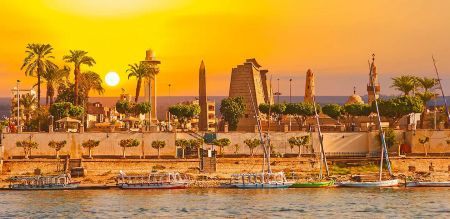
Know more Information about Luxor Egypt and Luxor travel tips. Travel guide to Luxor, Egypt. About Luxor Temples, Karnak Temples, Valley of the kings and more!
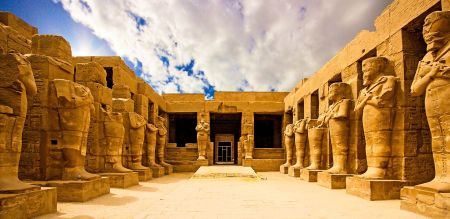
Located on the east bank of the Nile, Karnak Temple Complex consists of a number of temples. Its name was given as in Arabic Karnak means fortified village.
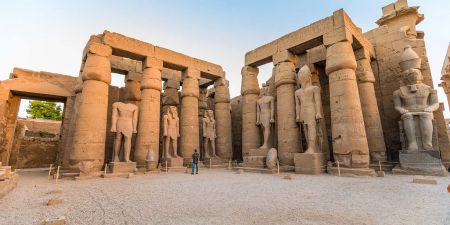
Your complete guide to Luxor Temple in Luxor, Egypt. Discover history, key attractions, and expert sightseeing tips for travelers.
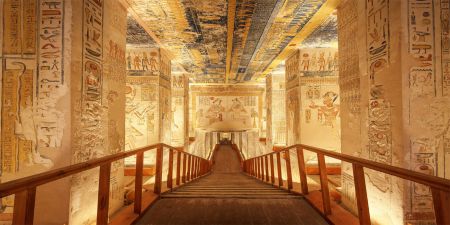
Your guide to the Valley of the Kings—best tombs, history, and insider facts. Get the knowledge you need and start planning your trip today.
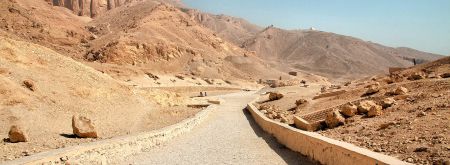
Step into history at the Valley of the Queens, Luxor. Explore royal tombs, ancient artifacts, and fascinating facts about this legendary site.
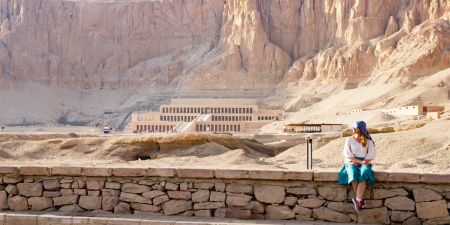
Hatshepsut temple is a reflection of the mortuary temple of Mentuhotep II and was constructed alongside that 11th dynasty structure. Know more information about Temple of Hatshepsut!
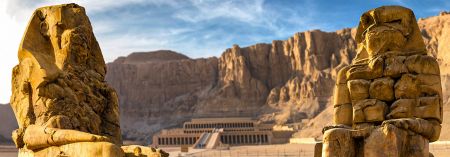
Colossi of Memnon, survived for 3,400 years & known as an acoustic wonder of the ancient world, is the first monument tourists see in the west bank. They are famous for the mysterious sound emitted at sunrise.
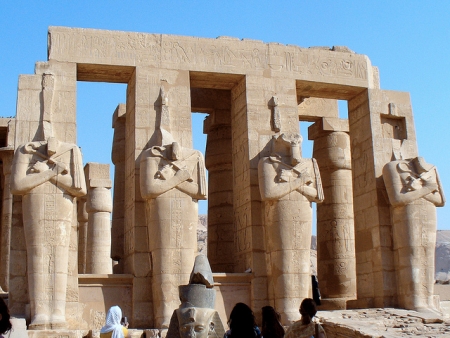
Today relatively little remains of what is thought to have once been the most impressive temple complex on the West Bank of the Nile. Several clusters of pillars and a few damaged statues.
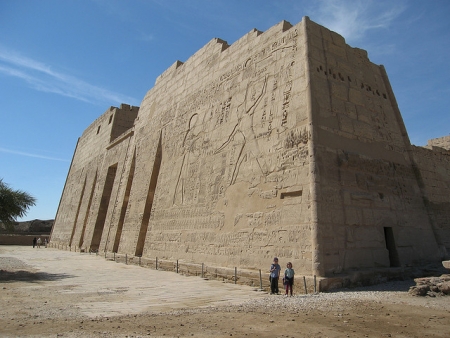
While it is not among the most well traveled sites on the West Bank, Medinat Habu is considered by many visitors to be among the most impressive sights they see in Luxor.
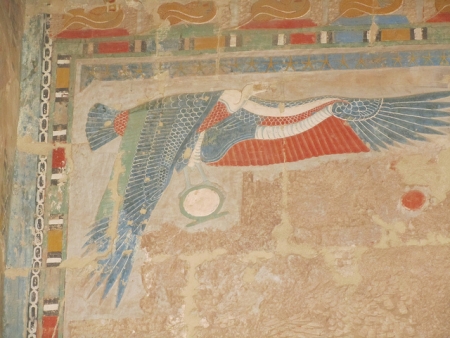
Almost all of what we see today of Ancient Egypt is exclusively dedicated to the pharaonic royalty. The monumental building projects that the kings of Egypt commissioned have stood the test of time much better.
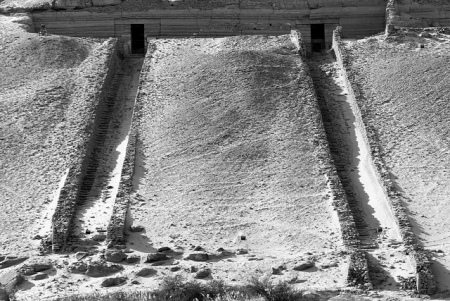
Almost of what we see today of Ancient Egypt is exclusively dedicated to the pharaonic royalty. The monumental building projects that the kings of Egypt commissioned throughout the history.


